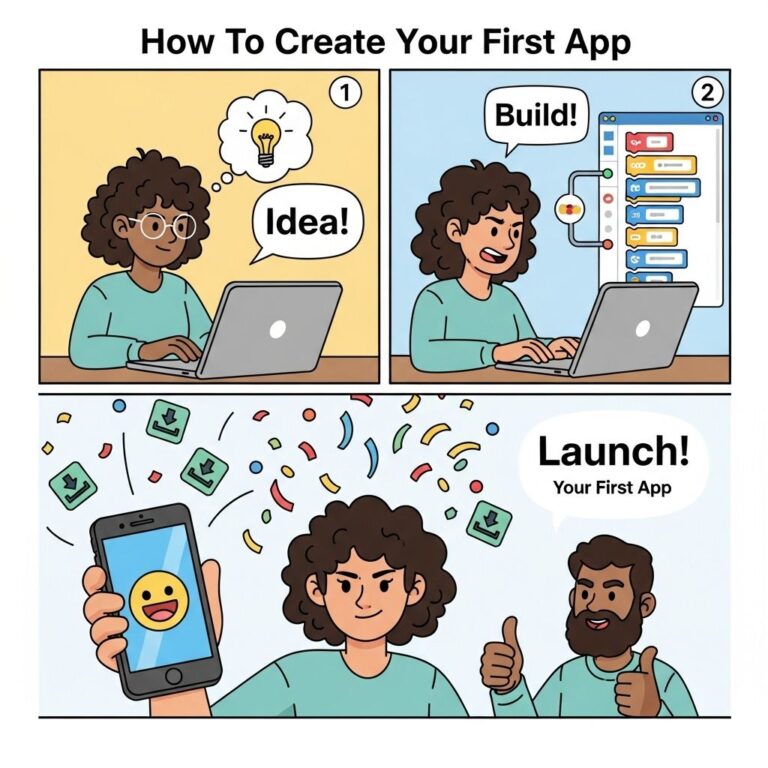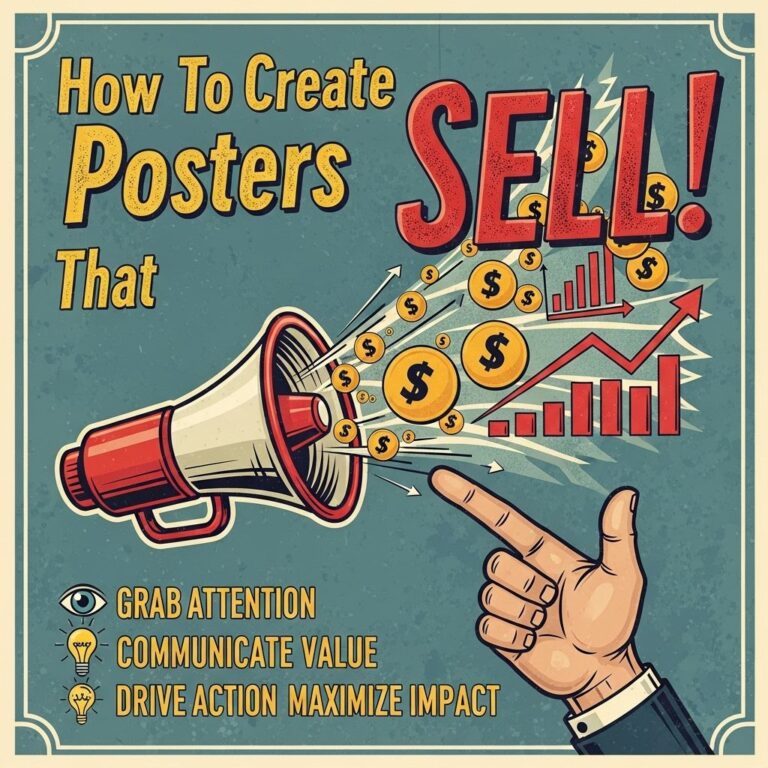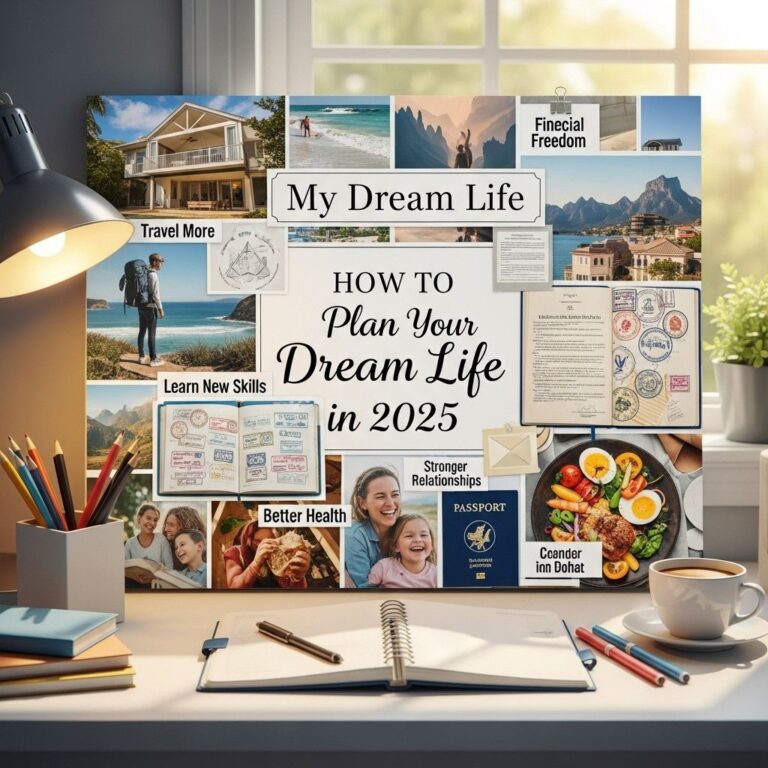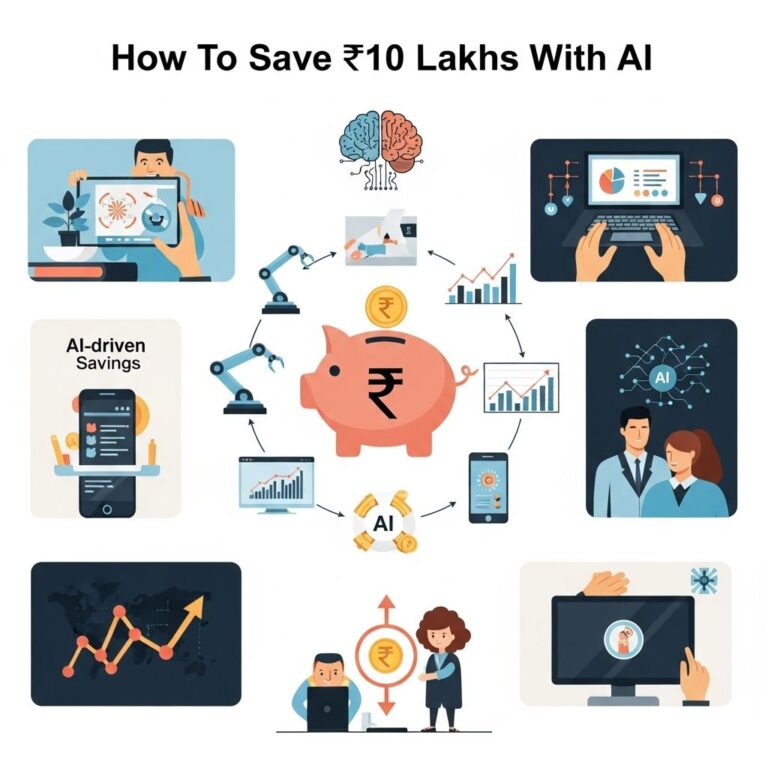Artificial Intelligence (AI) is transforming various industries, and the design sector is no exception. As technology continues to advance, design agencies that embrace AI are poised to deliver innovative solutions and enhance efficiency. Building an AI-powered design agency involves a blend of creativity, technical prowess, and strategic planning. In this article, we’ll explore the essential steps to create a design agency that leverages AI technology to elevate its services and drive client success.
Table of Contents
Understanding the Role of AI in Design
AI can significantly impact the design process by automating repetitive tasks, providing data-driven insights, and enhancing creativity. Here are some key areas where AI contributes to design:
- Automation: AI tools can automate routine tasks such as resizing images, generating layouts, and organizing assets, allowing designers to focus on creative aspects.
- Personalization: AI algorithms can analyze user data to create personalized design experiences, tailoring content to individual preferences.
- Data Analysis: AI can analyze trends and user behavior, helping designers make informed decisions based on real-time feedback.
- Idea Generation: AI-powered tools can generate design ideas based on existing trends, inspiring designers with fresh concepts.
Step 1: Define Your Niche
Before diving into the technical aspects, it’s crucial to define the niche of your design agency. Consider the following:
Market Analysis
Conduct a thorough market analysis to identify gaps in the market. Evaluate competitors and assess consumer demands. Determine which types of design are currently in demand, such as:
- Web Design
- Brand Identity
- UI/UX Design
- Print Design
- Motion Graphics
Target Audience
Identify your ideal clients. Are they startups, established businesses, or e-commerce platforms? Understanding your target audience will help tailor your services and marketing strategies.
Step 2: Assemble a Skilled Team
The success of your AI-powered design agency hinges on the talent you bring on board. Consider the following roles:
| Role | Responsibilities | Essential Skills |
|---|---|---|
| Creative Director | Oversees design projects and ensures brand consistency. | Leadership, Communication, Design Skills |
| AI Specialist | Integrates AI tools and develops custom algorithms. | Machine Learning, Data Science, Programming |
| UI/UX Designer | Focuses on user experiences and interfaces. | User Research, Wireframing, Prototyping |
| Graphic Designer | Creates visual content and branding materials. | Adobe Creative Suite, Typography, Color Theory |
| Marketing Specialist | Promotes the agency and manages client relationships. | SEO, Content Creation, Social Media Management |
Step 3: Acquire the Right Tools
To harness the power of AI in your design processes, you need to invest in the right tools. Some popular AI design tools include:
- Canva: Utilizes AI for design suggestions and templates.
- Adobe Sensei: Integrates AI into Adobe Creative Cloud for enhanced design features.
- Figma: Offers collaborative design capabilities with AI-enhanced functions.
- Designhill: An AI-powered logo maker that generates designs based on user input.
- DeepArt: Uses neural networks to transform photos into artistic renderings.
Step 4: Develop an AI Strategy
A clear strategy for implementing AI within your design workflows is essential. Consider these elements:
Identify Use Cases
Determine specific areas where AI can enhance your design processes. Potential use cases include:
- Automated logo creation
- AI-generated design layouts
- Predictive design trends analysis
Integrate AI with Existing Systems
Ensure that AI tools can seamlessly integrate with your current design software. This minimizes disruption and enhances productivity.
Training and Development
Invest in training for your team to understand and utilize AI tools effectively. Regular workshops and seminars can help keep your team updated with the latest AI advancements.
Step 5: Build a Strong Portfolio
A compelling portfolio is critical for showcasing your agency’s capabilities. Include:
- Diverse Projects: Feature a range of projects to demonstrate versatility.
- Case Studies: Provide detailed case studies that explain your design process, challenges faced, and how AI tools were used to achieve results.
- Client Testimonials: Highlight positive feedback from satisfied clients to build credibility.
Step 6: Marketing Your Agency
Once your agency is established, you need to effectively market your services to attract clients. Consider the following strategies:
Build a Professional Website
Your website is your digital storefront. Ensure it is visually appealing, easy to navigate, and optimized for search engines. Key elements include:
- Portfolio Gallery
- Service Descriptions
- Contact Information
- Blog Section for Thought Leadership
Social Media Engagement
Leverage social media platforms to promote your agency and showcase your work. Engage with potential clients through:
- Regular Posts
- Interactive Stories
- Webinars and Live Demos
Content Marketing
Create valuable content that educates your audience about the intersection of AI and design. Blog posts, videos, and infographics can position your agency as an industry leader.
Step 7: Measure and Optimize
Continuously measure the performance of your agency’s projects and marketing efforts. Utilize analytics tools to track:
- Client Satisfaction
- Project Deliverables
- Website Traffic
- Social Media Engagement
Regular optimization of your processes and offerings will ensure you stay relevant in this fast-paced industry.
Conclusion
Building an AI-powered design agency is an exciting venture that blends creativity with technology. By following these steps and embracing innovation, you can create a thriving agency capable of delivering exceptional design solutions that resonate with today’s digital landscape. Remember, the key to success lies not only in the tools you use but in the talent you cultivate and the strategies you implement.
FAQ
What are the key steps to start an AI-powered design agency?
To start an AI-powered design agency, focus on defining your niche, researching AI tools, building a skilled team, and creating a strong portfolio that showcases your AI-enhanced design solutions.
What AI tools are essential for a design agency?
Essential AI tools for a design agency include design automation software, image recognition tools, machine learning algorithms for personalization, and project management systems that utilize AI for efficiency.
How can AI improve the design process in an agency?
AI can improve the design process by automating repetitive tasks, providing data-driven insights for design decisions, enhancing user experience through personalization, and generating design variations quickly.
What skills should I look for when hiring for an AI design agency?
When hiring for an AI design agency, look for skills in AI and machine learning, graphic design expertise, UX/UI design, programming knowledge, and familiarity with data analysis.
How do I market my AI-powered design agency effectively?
To market your AI-powered design agency effectively, leverage content marketing, showcase case studies, engage on social media, utilize SEO strategies, and network within tech and design communities.
What challenges might I face in establishing an AI-powered design agency?
Challenges in establishing an AI-powered design agency may include keeping up with rapidly evolving technology, managing client expectations, integrating AI seamlessly into design processes, and ensuring data privacy.









